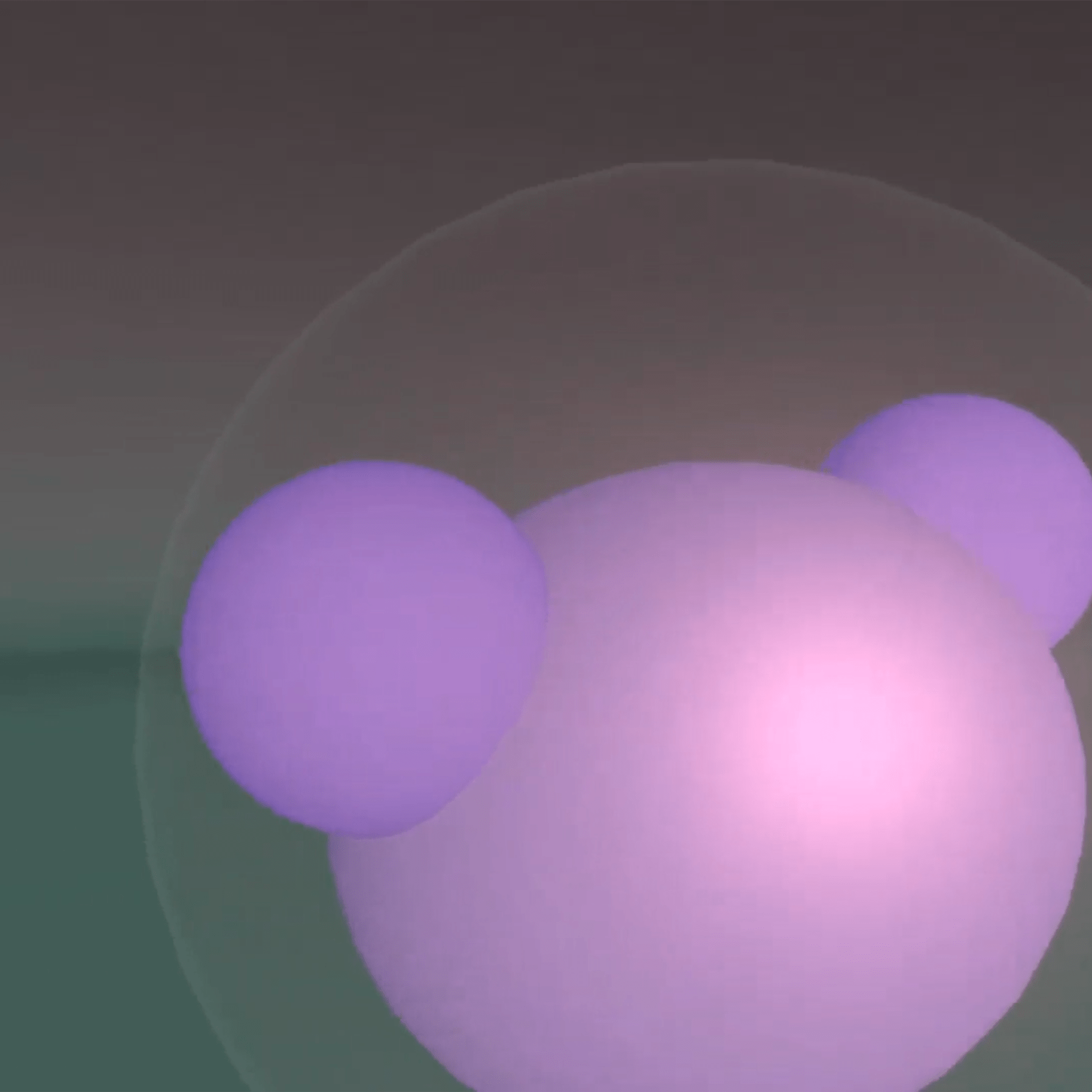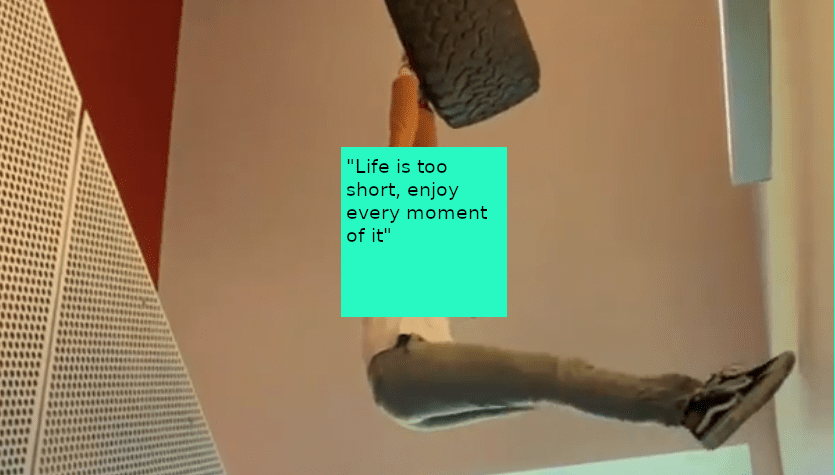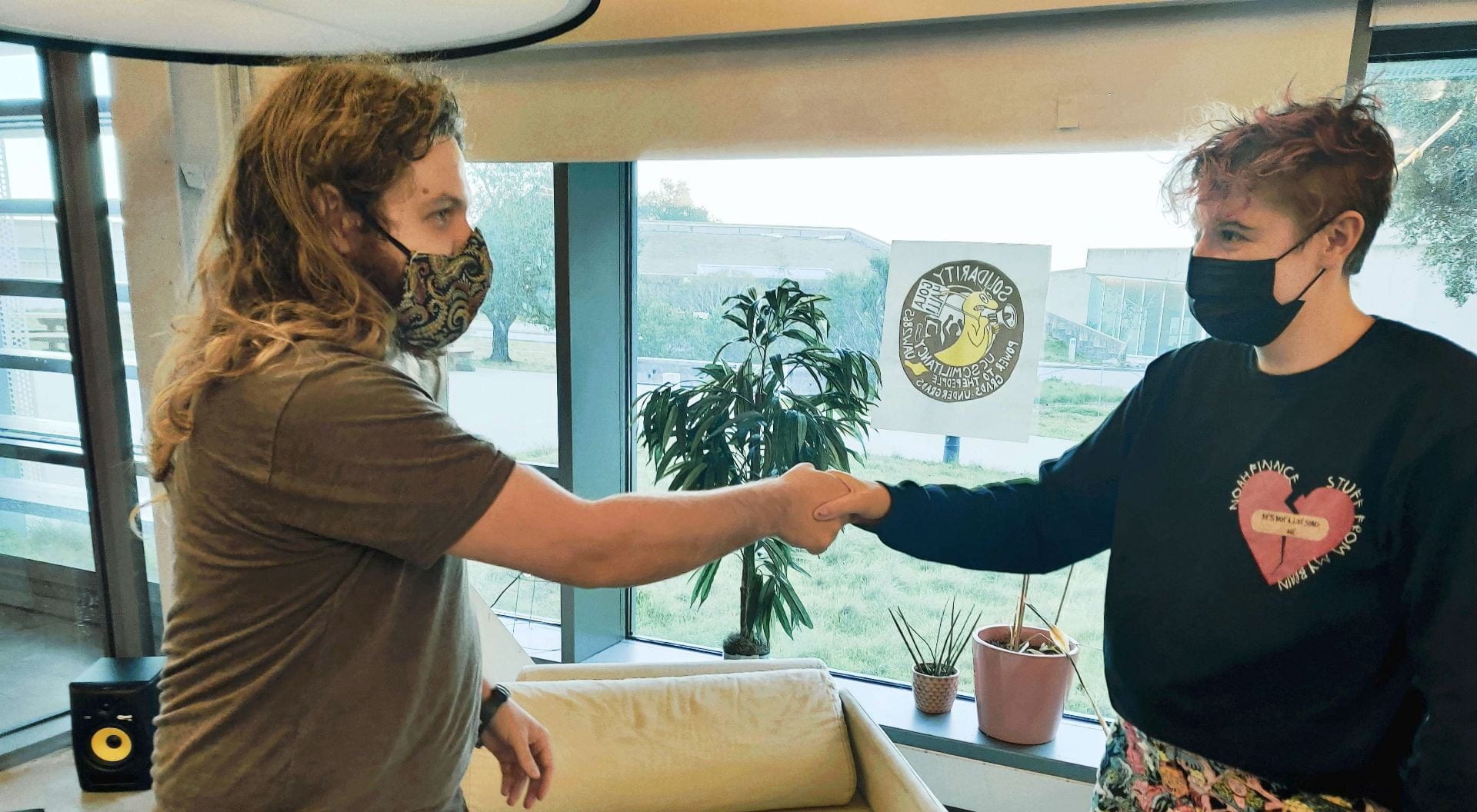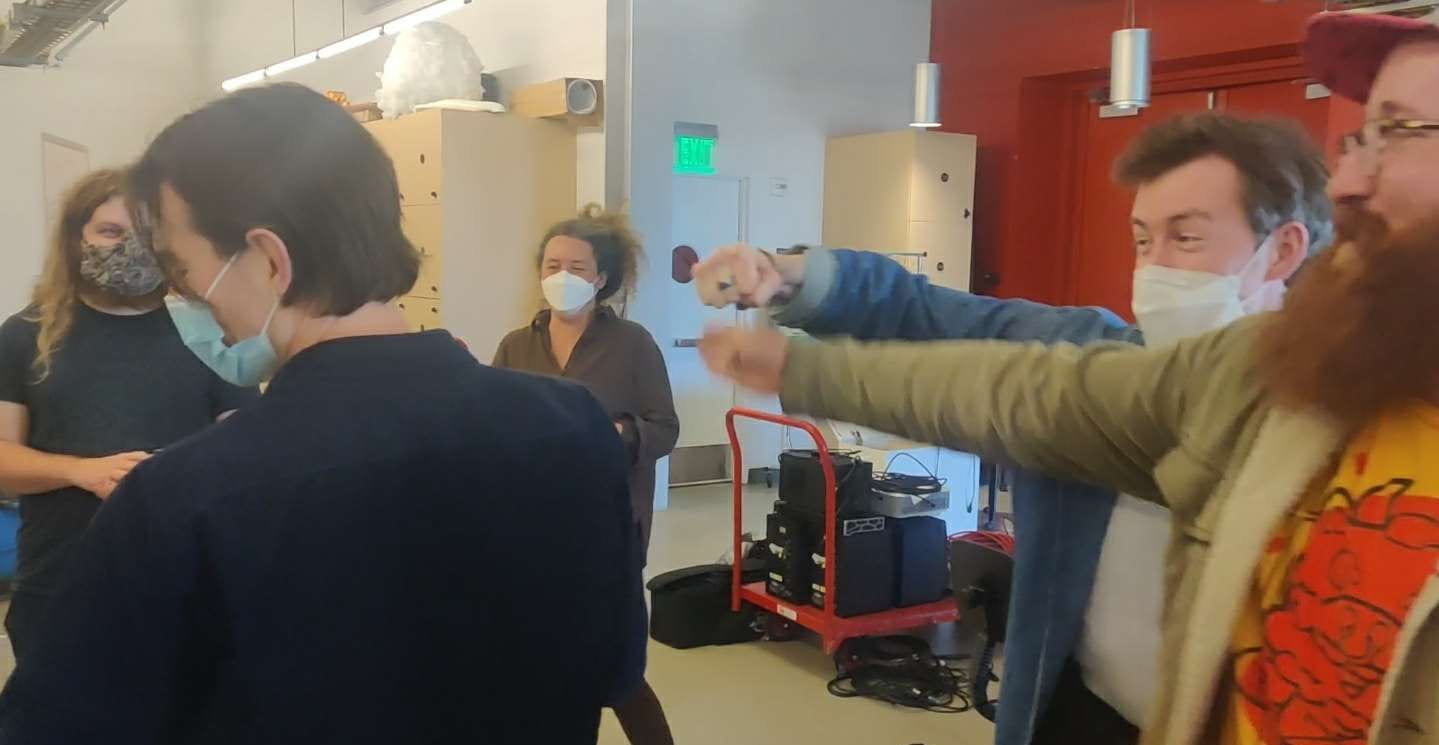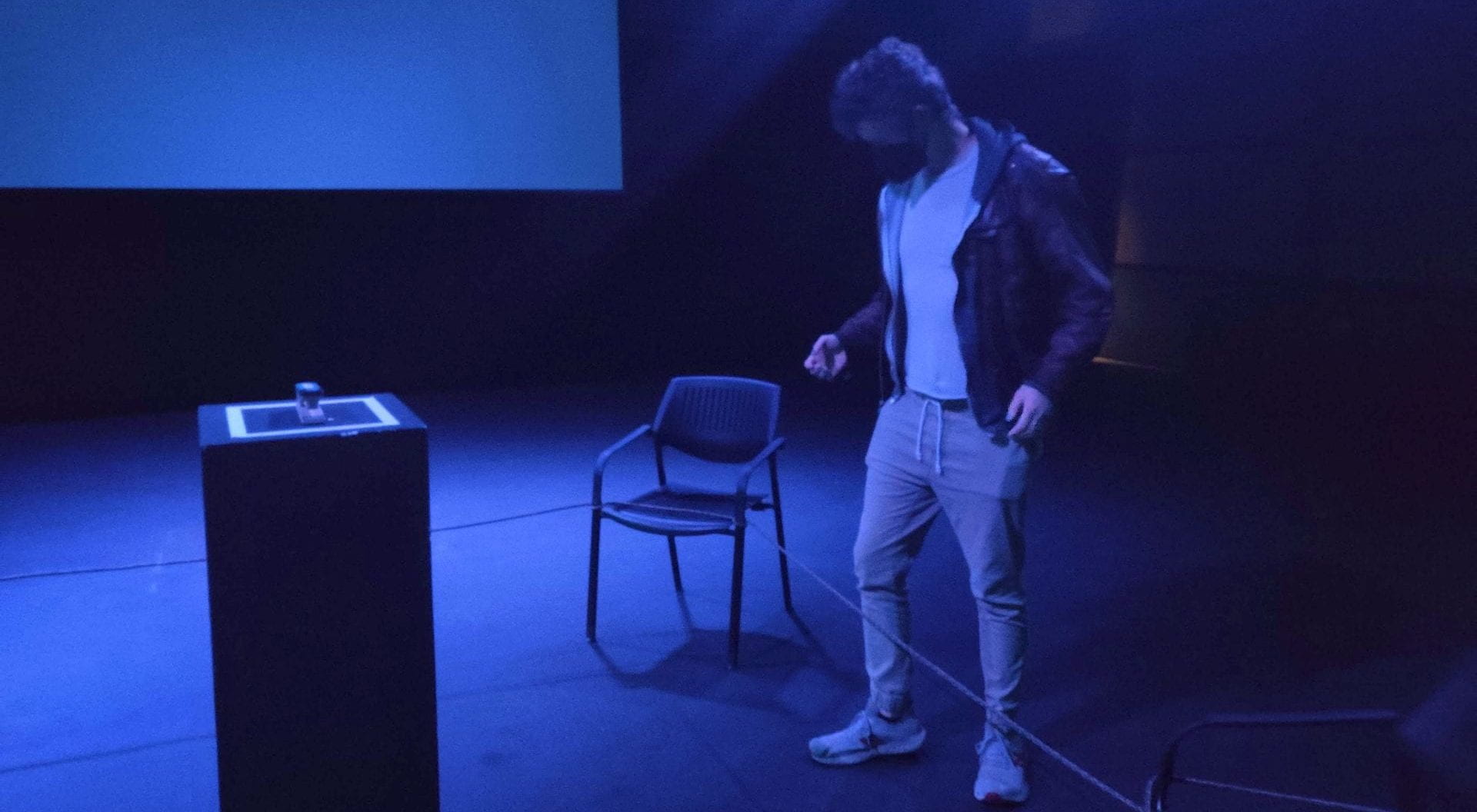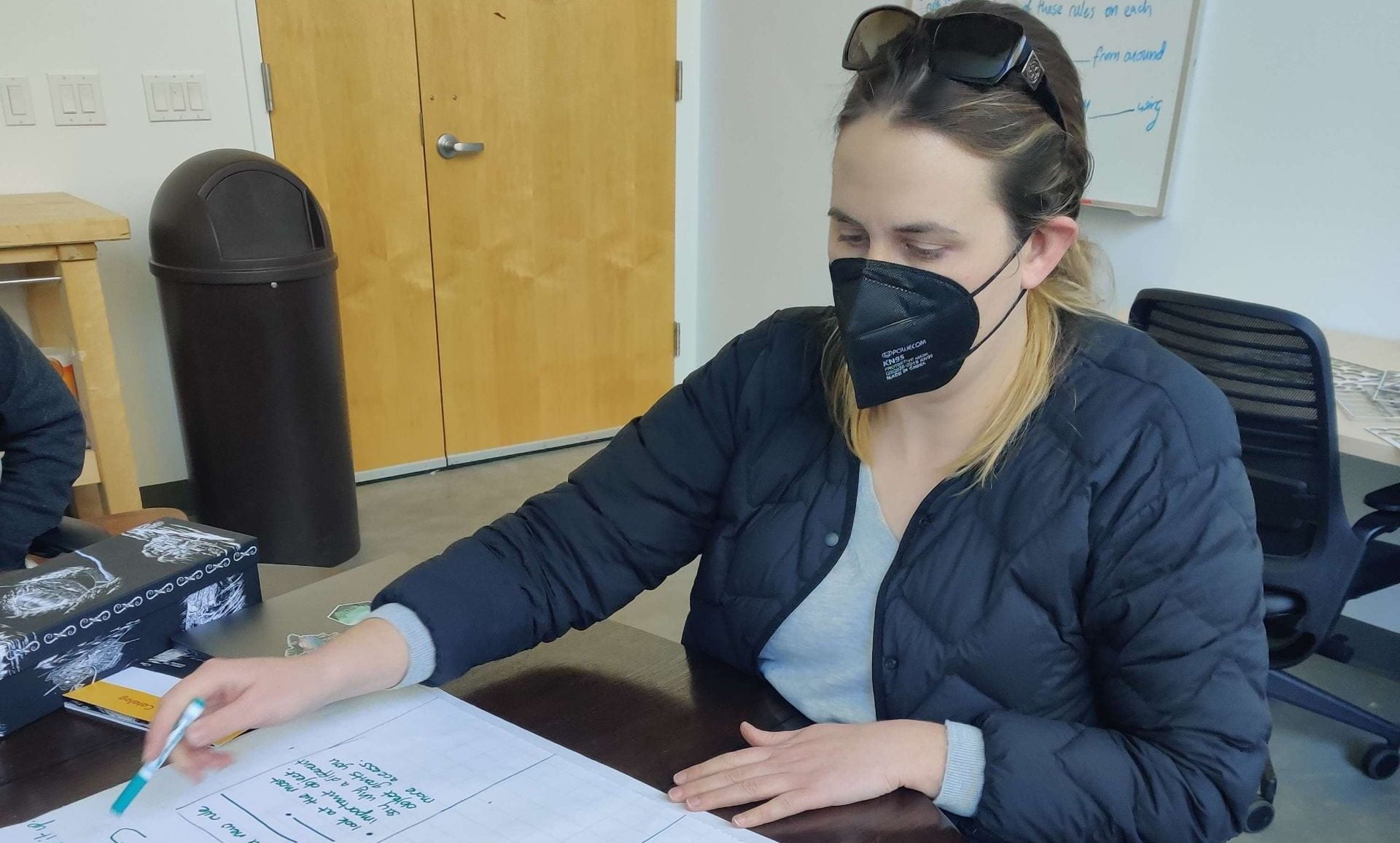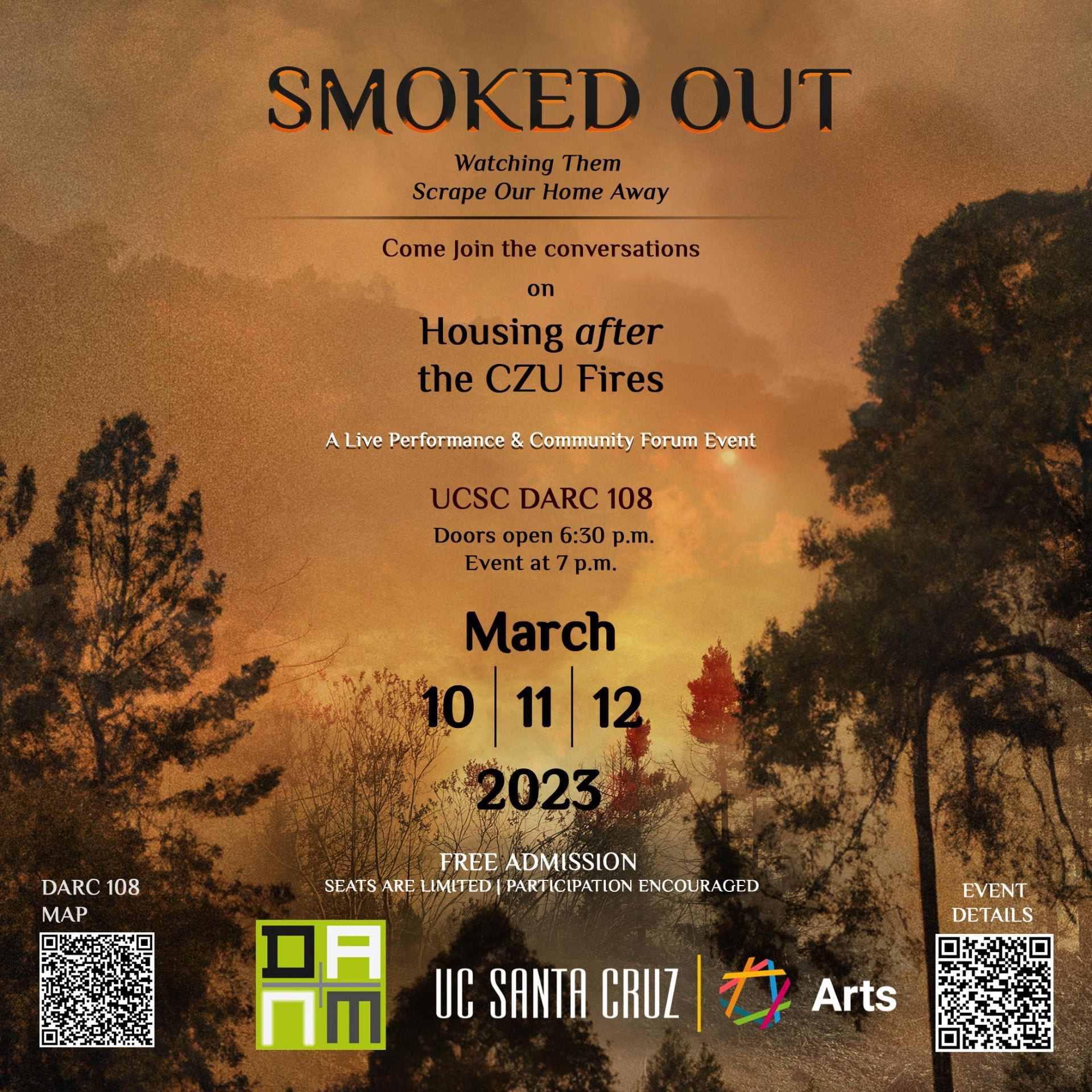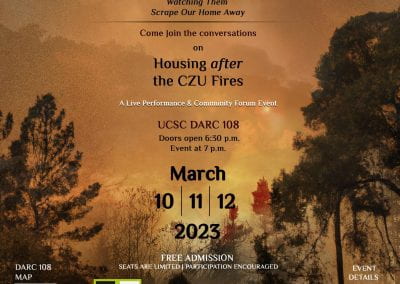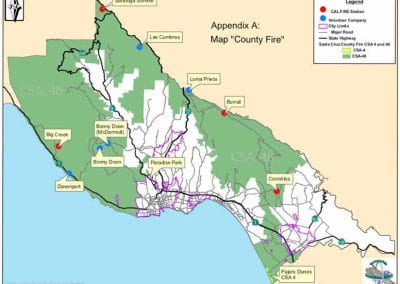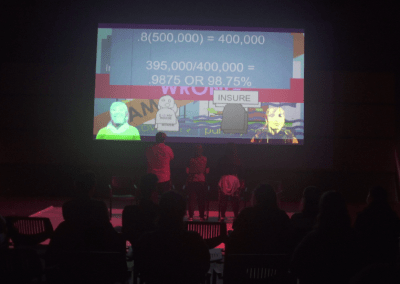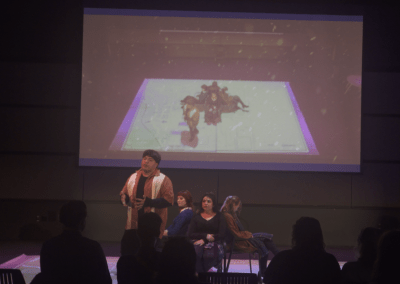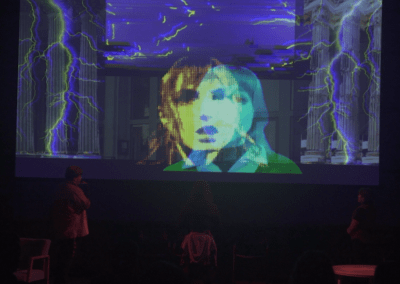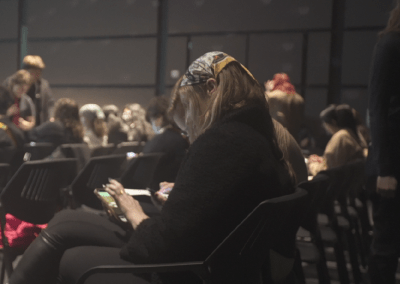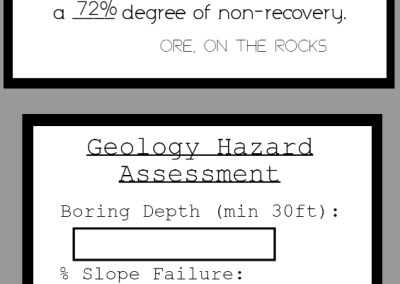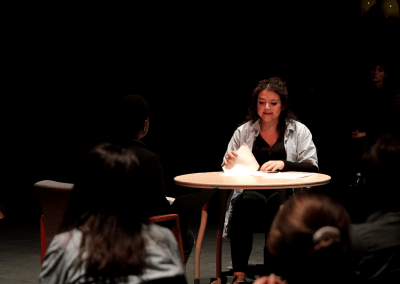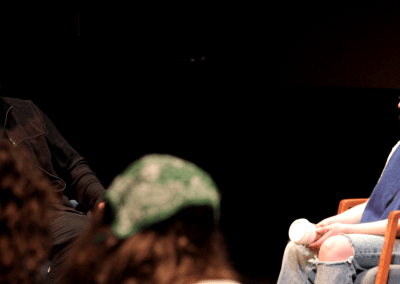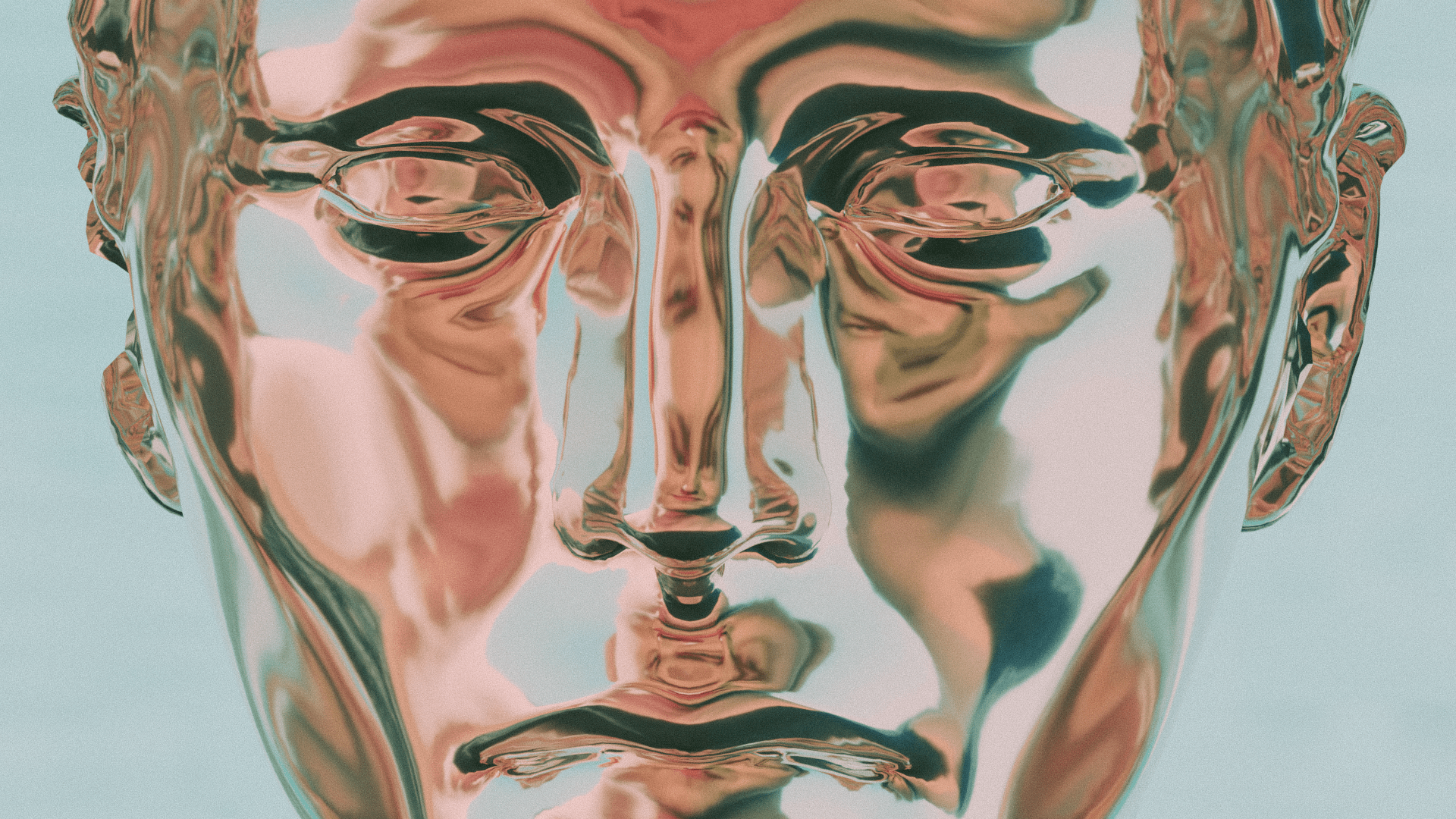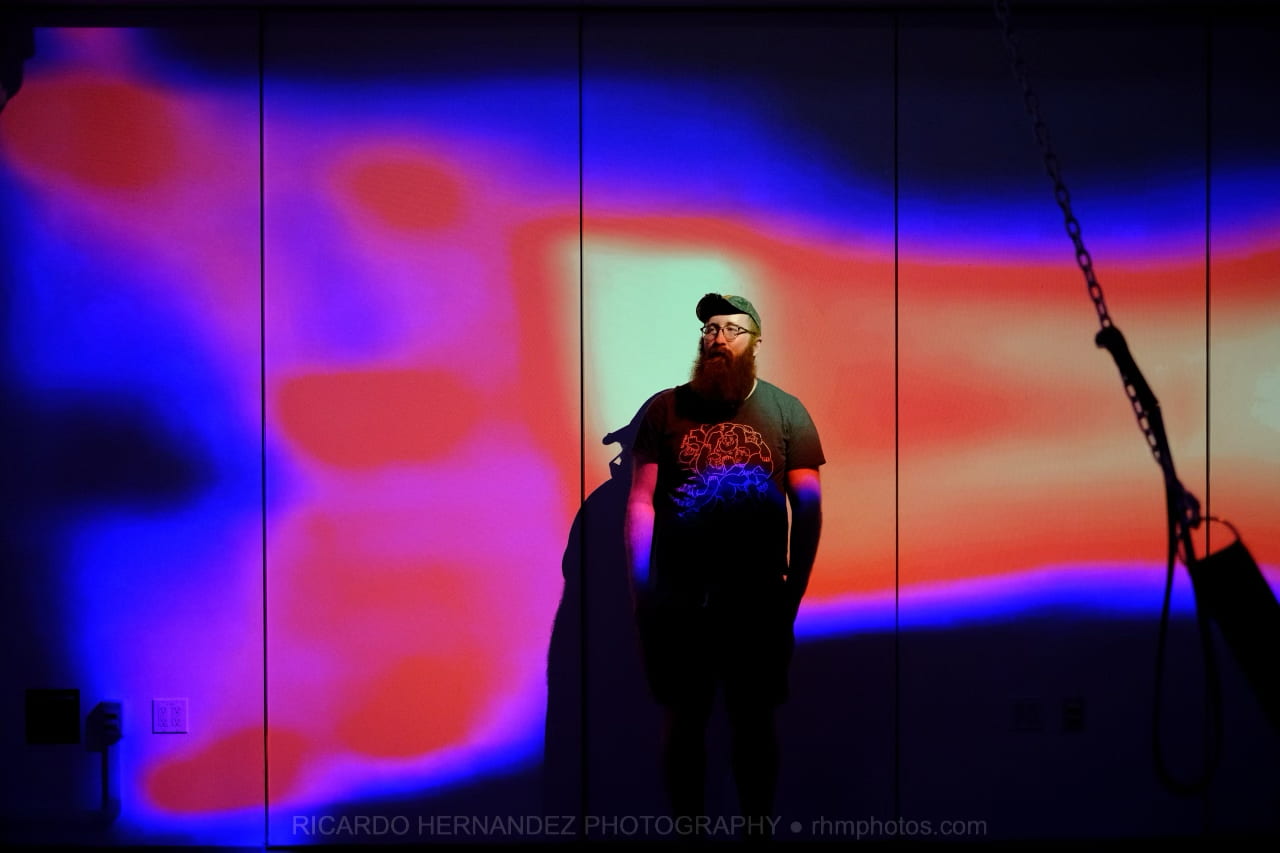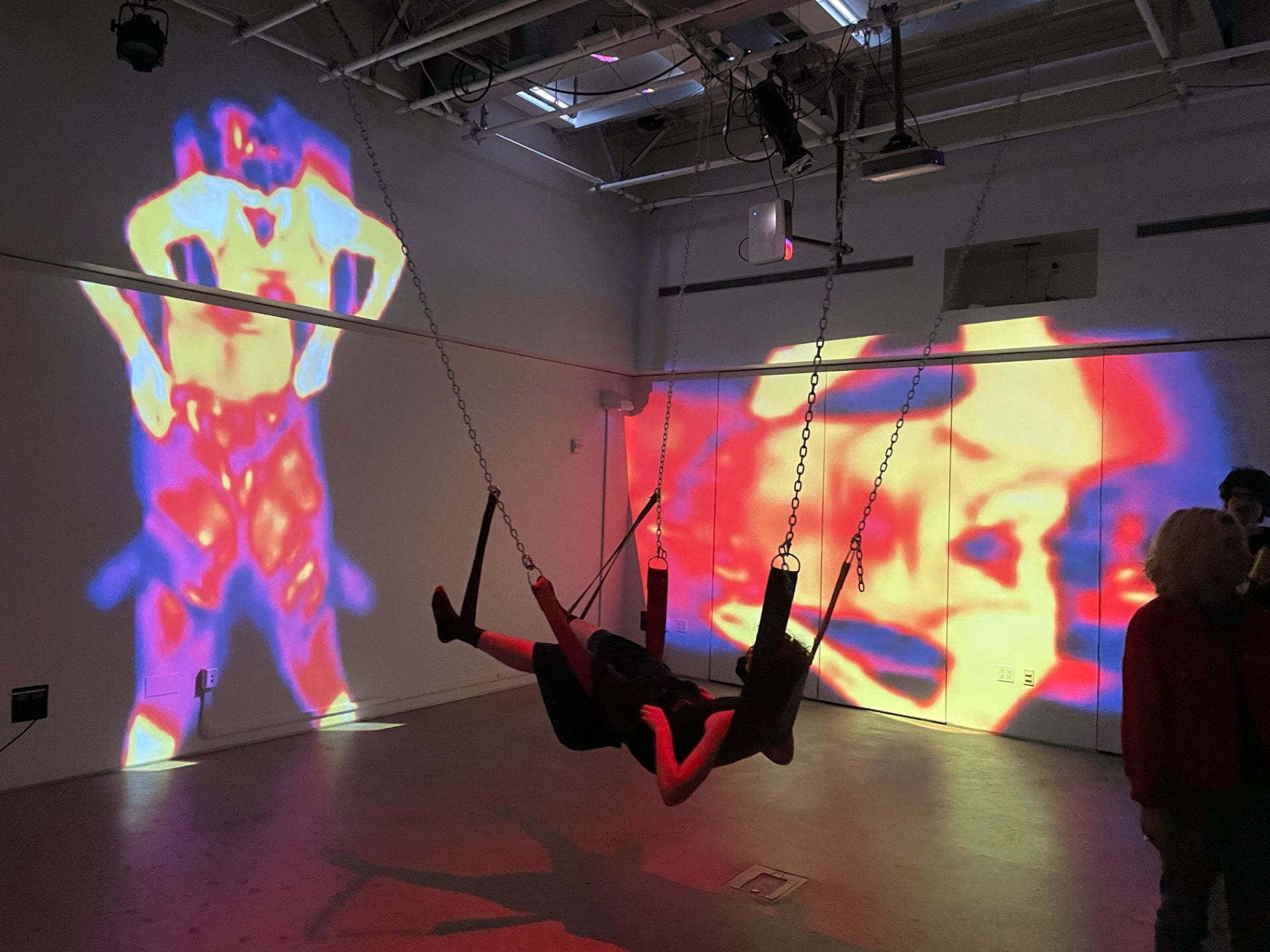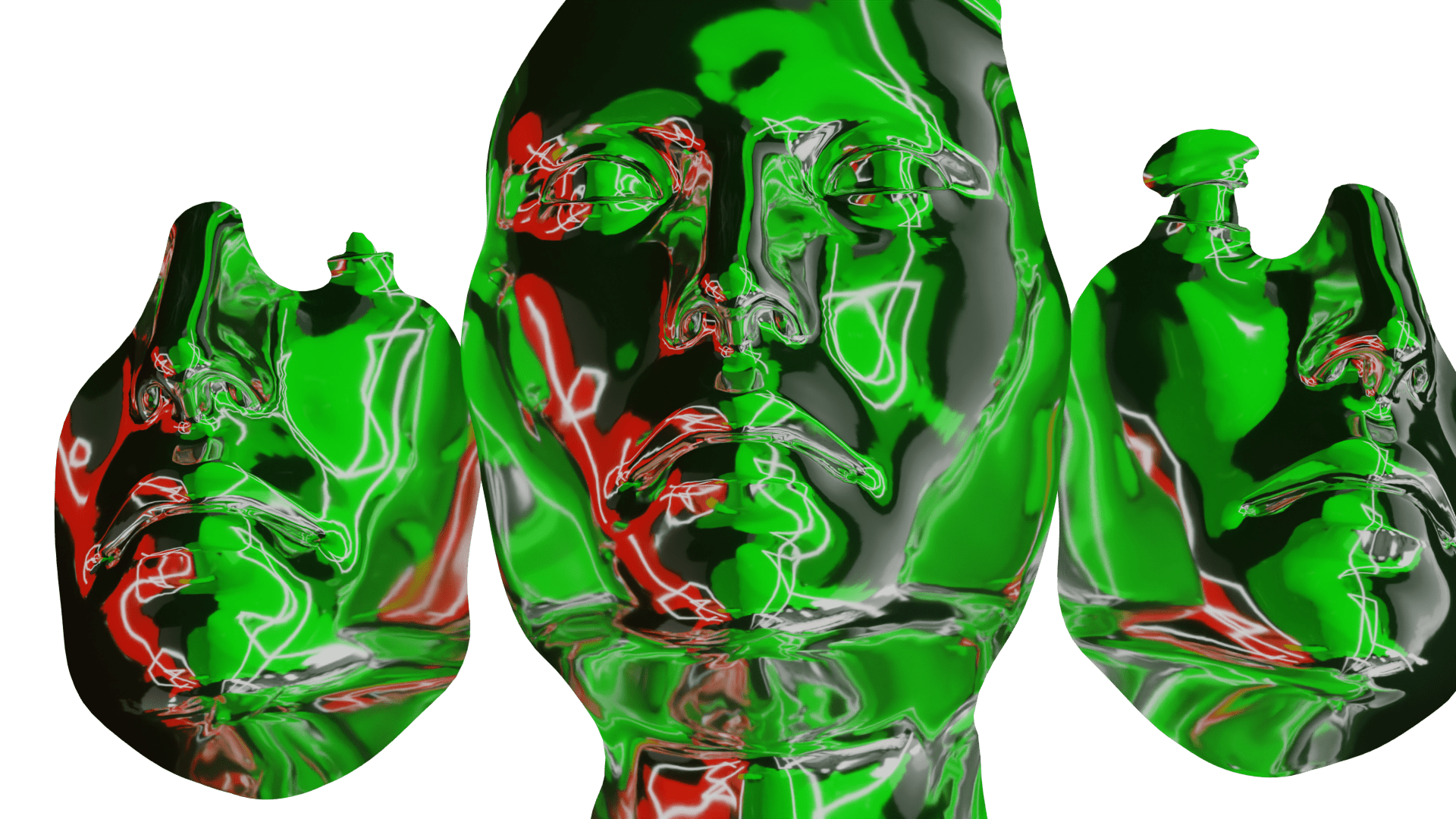
Media: Performance Series
Come, Fur(r)ies, Dance: Desire and Ritual
Friday, May 26 at 7:30pm, Theater Arts eXperimental Theater
Saturday, May 27 at 7:30pm, Theater Arts eXperimental Theater
Sunday, May 28 at 3:30pm, Theater Arts eXperimental Theater
_____
Ancient Greek drama; the manosphere; Virtual Reality; furries; live video; motion-tracking, conjuring Athena from two-and-a-half thousand years ago to answer for what she’s done. Combining live interviews, dance, puppetry, and shared ritual across material and immaterial realms, “virtual Furies” take flight in the pursuit of answers.
Bio: Rory Willats is an interdisciplinary artist working with performance, installation, new media, movement, and community. His practice conjures hybrid bodies by staging the consonances and dissonances between bodily capacity and information technologies. From interactive VR installations hung from 27′ pendulums to one-man performances, Rory locates these alternate configurations within a mediated ecology to cultivate new digital phenomenologies. Also a sought-after stage director, Rory’s work has been seen in theaters, opera houses, and galleries in the US and UK.
____
Previous:
Come, Fur(r)ies, Dance: The Body
Tuesday, May 16 at 7:30pm, Theater Arts eXperimental Theater
Come, Fur(r)ies, Dance! is a series of devised performance experiments exploring how masculinity is navigated, manipulated, and remade in virtual communities. This performance combines the live motion data from three different spheres of pedestrian gesture to create a new choreography–a launching point from which to explore how these flows manifest within and between the hybrid body.
Director: Rory Willats
Choreographer: Kat Hickey
***
Dancers: Lauren Guthrie, Georgia Morgan, Maggie Ogle, River Weill
***
Production Stage Manager: Amaya Walsh Saldivar
Lighting Designer: Stephen Migdal
Sound Architect: Asta Baker
Composer: Nicki Duval
Media Content Designer: Ashley Wrenn A.
Dramaturg: Astrid Hypernova
Light Board Operator: Claudia Pilch-Caton
Sound Board Operator: William Macdonald
Media Operator: Ella Currie
Run Crew: Omar Villasenor
A2: Giovanni Lomeli-Mejia
Digital Arts Technical Coordinator: Colleen Jennings
Technology Supervisor: Eric Mack
Technology Assistant: Kayla Doder
Production Engineers: Cassidy Carlson, Kario Chin, Jackey Genna, Stephen Migdal
Light Hang Crew: Connor Burd, Ruby Kastner, Ethan Lepe, Angus Leslie, Jaq Moore, Louise Santia, Seira Yau
Production Manager: Jenaro Ordoñez
Marketing and Public Relations: Maureen Dixon Harrison
Arts Assistant Director of Events: Sabrina Eastwood
Arts Event Managers: Jessica Abramson, Michael Flora
Front-of-House Managers: Lauren Elscott, Rosie Longo, Sophia Partida, Amy Radinsky, Gina Schneider
Ushers: Nyah Bolger, Jennacess Carreon, Amanda Knox, Sally Lichner, Brandon Miao, Sonya Ontiveros, Katie Peck, Angela Rangel, Summer Rogers, Brian Zhang
_______
Special Thanks to Mario Arango, AuxieFox, Doc Chemers, Brennen Edwards, emptea_, Samir Ghosh, Yolande Harris, Karlton Hester, Princess Kannah, Rose Klein, Matthew Komar, Patrick Kvachkoff, Jessie Mills, Mycana, Mark Nash, Maggie Ogle, Larrye Shea, Patrick Stephenson, Ted Warburton, Marianne Weems, and Bennett Williamson


